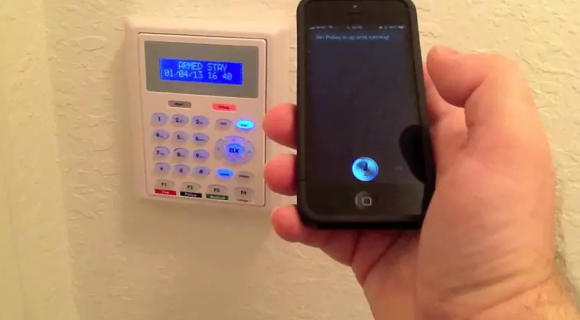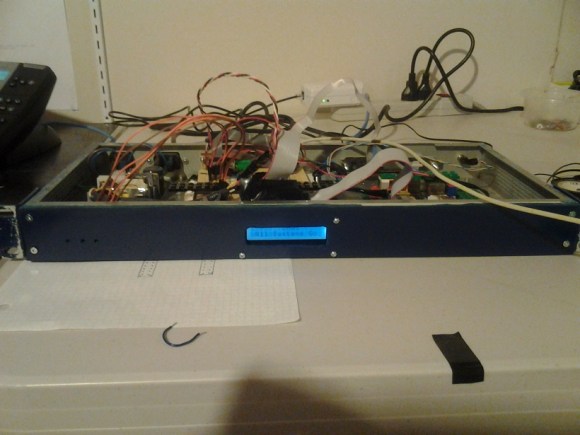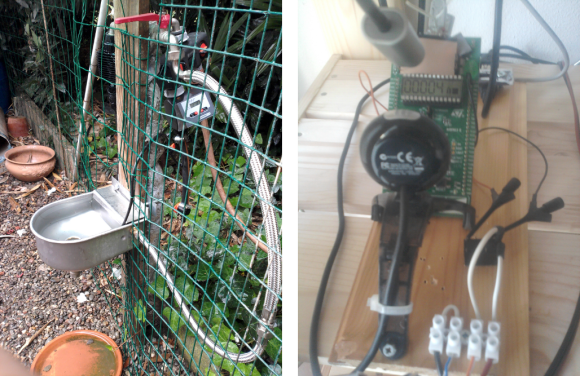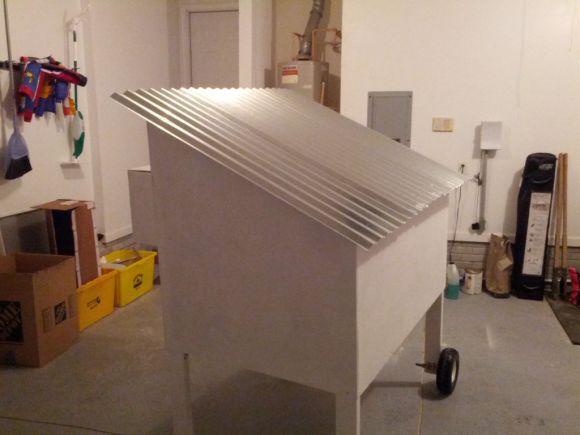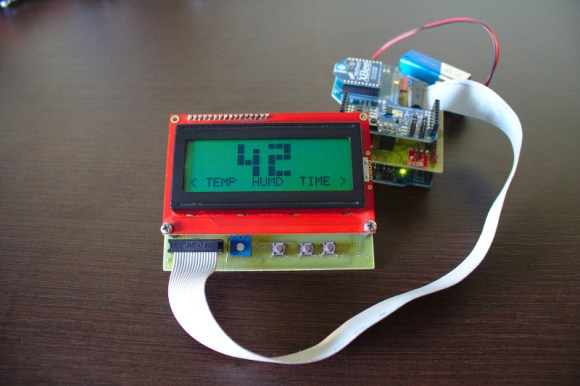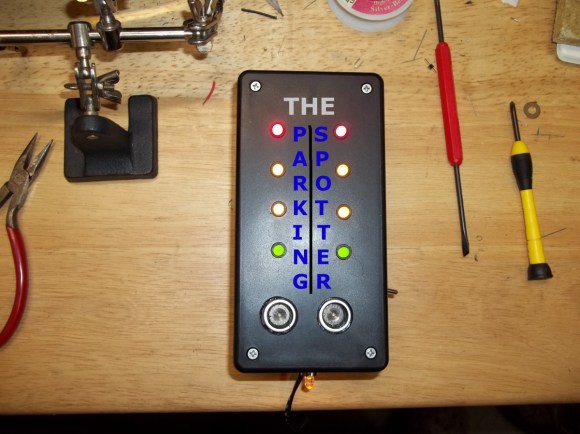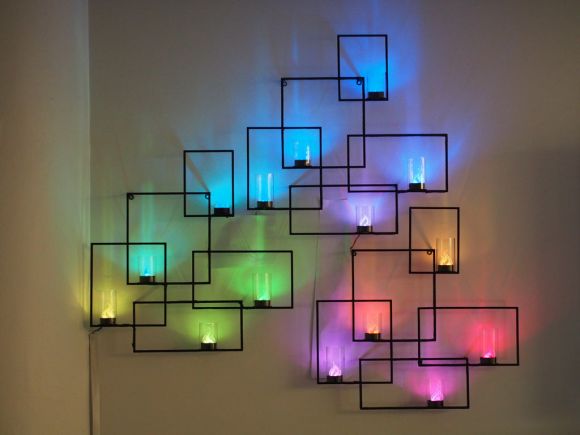
This wall hanging would look great even if it did no more than light up. But thanks to a unique controller it’s meant to work as an interactive display for your living area.
The rectangles and votive candle cups are a set of three store-bought hangings. But lighting the candles and remembering to blow them out was a pain, so [Adiel Fernandez] decided to add the LEDs to make the job easier. But why stop at that, in addition to an RGB light for each cup he made them fully addressable. It’s all the better for a light show, but this also opens up the arena for all manner of different uses.
Accompanying the wall installation is a palm-sized cube meant to sit on the coffee table. Whichever side of the cube us up sets the function for the display, with a rotation tweaking the function, and a fast spin used as a select. If the power icon is on the side facing up, a fast spin will turn the display on or off. There are also functions for weather, temperature, transportation (we were thinking something like a bus schedule notifier but it’s actually a bit different) and animation patterns. After the break you can watch a demo of the cube functionality.
Continue reading “Wall Votive Display Controlled With A Glowing Cube”

